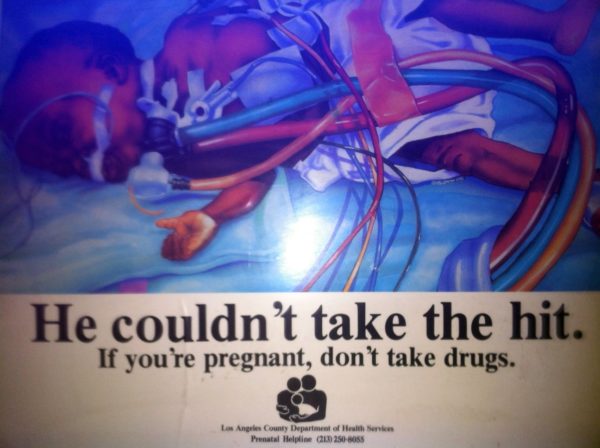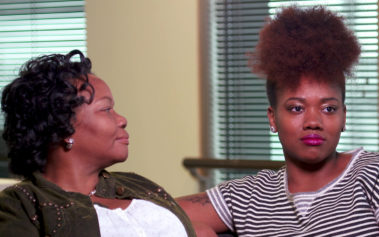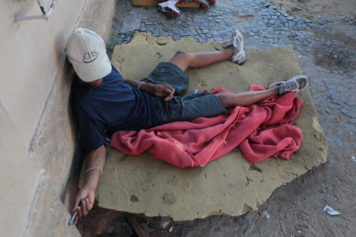They Had Small Heads, Bad Muscle Tone, Tremors
After studies such as one in Philadelphia in 1989 found that nearly one in six newborns at city hospitals had mothers who tested positive for cocaine, the stories began to explode in the media about the so-called “crack babies.” They had small heads and were easily agitated and prone to tremors and bad muscle tone, according to reports, many of which were anecdotal. Deborah A. Frank, a pediatrics professor at Boston University who has tracked a group of children who were exposed in the womb, said the “crack baby” label led to erroneous stereotyping. “You can’t walk into a classroom and tell this kid was exposed and this kid was not,” Frank said.
They Would Not Be Able to Form Meaningful Relationships
Health workers claimed the babies seemed aloof and avoided eye contact. Some social workers predicted a lost generation — kids with a host of learning and emotional deficits who would overwhelm school systems and not be able to hold a job or form meaningful relationships. The “crack baby” image became symbolic of bad mothering, and some cocaine-using mothers had their babies taken from them or, in a few cases, were arrested. But Dr. Hallam Hurt’s study at Albert Einstein Medical Center found no significant differences between the cocaine-exposed children and the controls who hadn’t been exposed.



